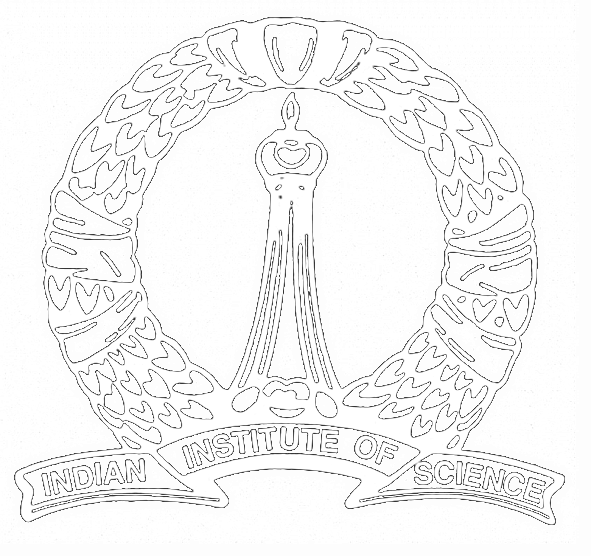PhD Thesis defence
Title: Harmonic map heat flow and framed surface-group representations
Speaker: Gobinda Sau (IISc Mathematics)
Date: 28 December 2023
Time: 11 am
Venue: Microsoft Teams (online)
This thesis concerns the construction of harmonic maps from certain non-compact surfaces into hyperbolic 3-space $\mathbb{H}^3$ with prescribed asymptotic behavior and has two parts.
The focus of the first part is when the domain is the complex plane. In this case, given a finite twisted ideal polygon, there exists a harmonic map heat flow $u_t$ such that the image of $u_t$ is asymptotic to that polygon for all $t\in[0,\infty)$. Moreover, we prove that given any twisted ideal polygon in $\mathbb{H}^3$ with \textit{rotational symmetry}, there exists a harmonic map from $\mathbb{C}$ to $\mathbb{H}^3$ asymptotic to that polygon. This generalizes the work of Han, Tam, Treibergs, and Wan which concerned harmonic maps from $\mathbb{C}$ to the hyperbolic plane $\mathbb{H}^2$.
In the second part, we consider the case of equivariant harmonic maps. For a closed Riemann surface $X$, and an irreducible representation $\rho$ of its fundamental group into $\text{PSL}_2(\mathbb{C})$, a seminal theorem of Donaldson asserts the existence of a $\rho$-equivariant harmonic map from the universal cover $\tilde{X}$ into $\mathbb{H}^3$. In this thesis, we consider domain surfaces that are non-compact, namely \textit{marked and bordered surfaces} (introduced in the work of Fock-Goncharov). Such a marked and bordered surface is denoted by a pair $(S, M)$ where $M$ is a set of marked points that are either punctures or marked points on boundary components. Our main result in this part is: given an element $X$ in the enhanced Teichmuller space $\mathcal{T}^{\pm}(S, M)$, and a non-degenerate type-preserving framed representation $(\rho,\beta):(\pi_1(X), F_{\infty})\rightarrow (\text{PSL}_2(\mathbb{C}),\mathbb{CP}^1)$, where $F_\infty$ is the set of lifts of the marked points in the ideal boundary, there exists a $\rho$-equivariant harmonic map from $\mathbb{H}^2$ to $\mathbb{H}^3$ asymptotic to $\beta$. In both cases, we utilize the harmonic map heat flow applied to a suitably constructed initial map. The main analytical work is to show that the distance between the initial map and the final harmonic map is uniformly bounded, proving the desired asymptoticity.
- All seminars.
- Seminars for 2023
